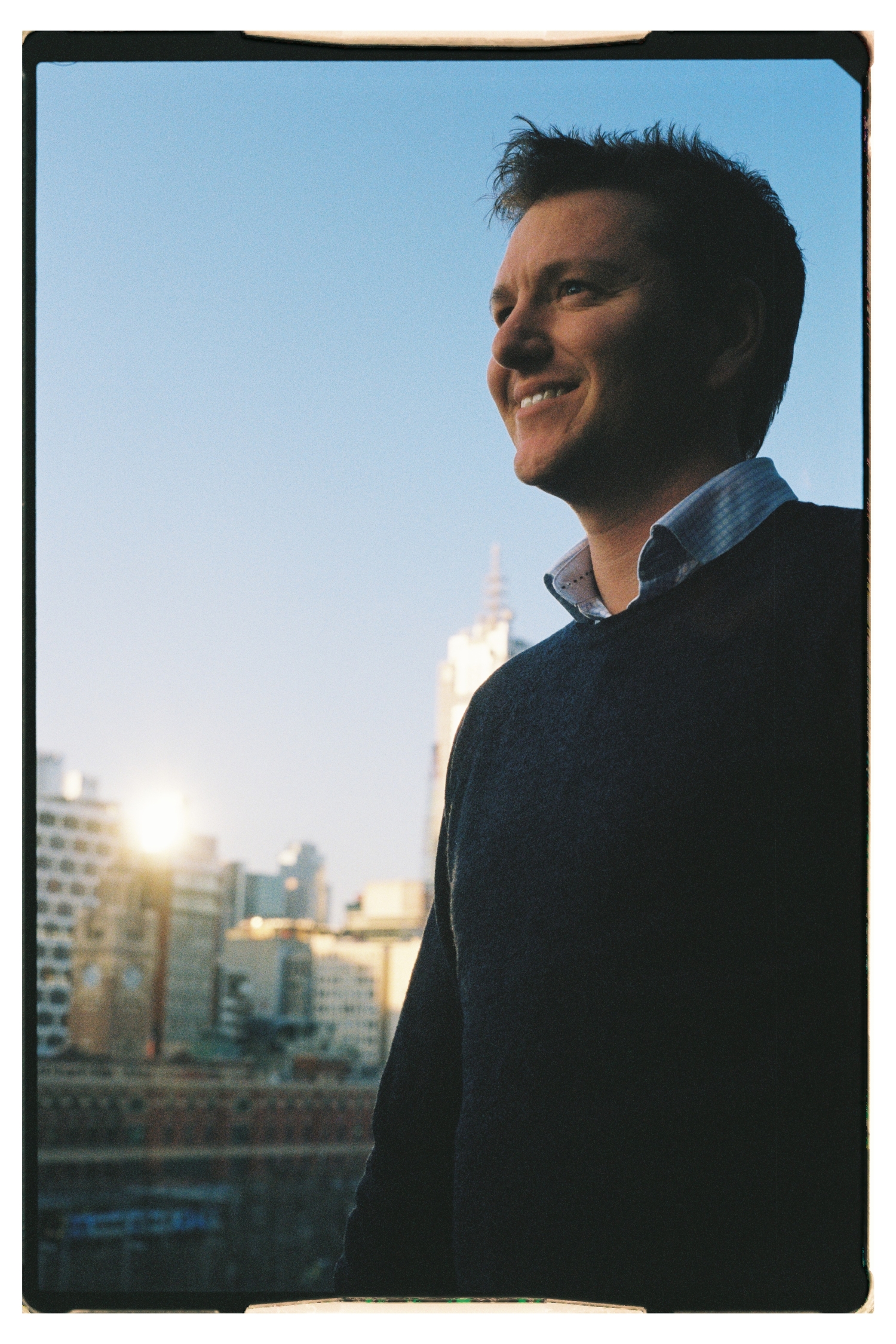Conversation #2 A Town Planners Perspective
Ben Cooke, Principal Town Planner, ns227

As a country, we are experiencing a population increase, resulting in a significant influx of migrants into the country. The Victorian government has acknowledged that continuously expanding suburbs on the outer perimeter is not a sustainable solution for accommodating the growing population. Hence, what kind of planning policy reforms can be implemented to effectively develop and enhance the inner city?
Planning isn’t about predicting the future; it’s about shaping the future. Melbourne’s inner suburbs have long been subject to change, from the original subdivisions and Victorian housing developments, the wide-spread knock down rebuild mantra of the 60s and 70s, through to more recent multi-storey residential and mixed-use outcomes that are increasingly common redevelopment outcomes today.
There remains a delicate balancing act in order to accommodate additional populations whilst protecting the very character and fabric that makes our city great. As such, what’s becoming more clear is the value in which people place on living and working in areas with a rich mix of different land uses and services. This is best summarised by Lewis Mumford, an architectural, planning and social science historian when he described: ‘the best cities in the world are the ones with the most opportunities in the smallest amount of space’.
Fitzroy, like much of inner suburban Melbourne, is a classic example of this, where one can appreciate and enjoy the full gamut of modern city offerings, importantly, without the need to rely on getting around by car.
Planning policy to assist with shaping the future of inner suburban Melbourne would best be focused on outcomes of the highest possible quality (robust materials and finishes that stand the test of time), are people oriented (designed for people – not for cars) and allow flexibility for creative and innovative outcomes to be explored as it relates to improving the quality and offering of housing and working choices.
Post-COVID, we have witnessed a significant transformation in culture, lifestyle, and work arrangements. This transformation has had a corresponding impact on the value of homes and office blocks. There is a growing demand for hybrid work arrangements among individuals and employees. How do you foresee this affecting people's perception of what a home should offer and its preferred location?
Homes have always meant something different to everyone. For some, it’s a place where multi-generational living arrangements are fundamental, for others, it’s a place of quiet solitude. Cities are richer for having a diversity of housing stock, which in turn, assists with facilitating a diversity in its people. Housing monotony is boring. Housing variety is appealing.
Over recent years, the widespread ‘working from home’ uptake has resulted in residents (and anyone working or experiencing urban/suburban life) reflecting on what’s best for their circumstances, specifically as it relates to lifestyle outcomes. Tangibly, this often translates into things like a dedicated study (room) or proximity to quality public open spaces (whether it be with a playground for the kids or a well-placed and comfortable seat to enjoy a book in the late afternoon sunlight).
Downsizing is a relatively recent phenomenon in Australia, given that the baby boomer generation is now approaching retirement age. What factors should they prioritize when considering new developments for downsizing purposes?
Planners see the importance of adaptability of homes to align with the evolving needs of its residents as being of important to meet the needs and desires of future generations.
External to the development of property, what planning initiatives do you believe can contribute to creating more sustainable and livable inner-city suburbs?
Planning is an all-encompassing profession – touching on and being able to influence and guide how out cities are built and enjoyed. There is a myriad of initiatives that planners could consider, and implement, to facilitate more sustainable city outcomes. These should always focus on the public interest, whether it be public realm improvements, rethinking the way in which we move around (transport modes), encouraging the transition away from degenerative to regenerative building practices, as well as facilitating a greater mix of land uses to stimulate activity and choice.
Planners should be bolder, and braver, in how they explore and communicate innovative ways to make our cities better.

